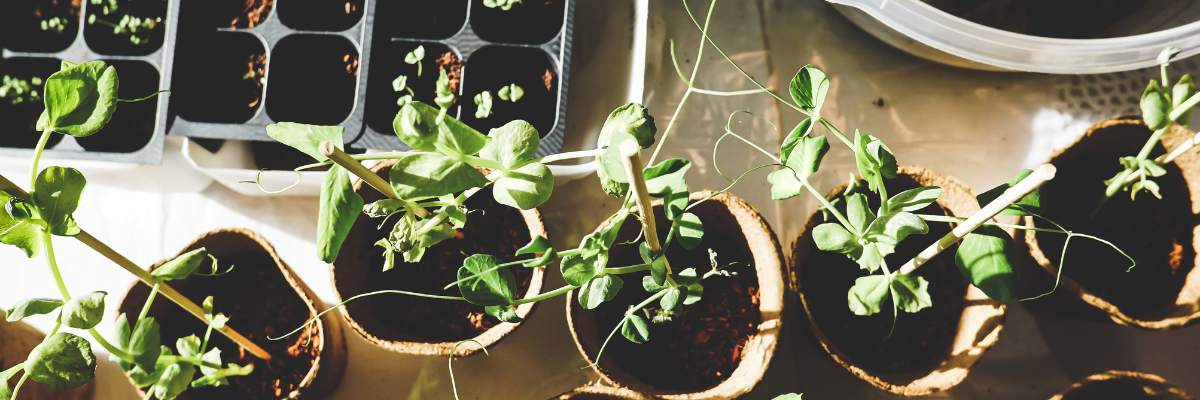Growing your own medicinal herbs at home is a rewarding and practical way to ensure you have access to fresh, natural remedies for various ailments. Whether you have a spacious garden or a small indoor space, there are numerous herbs you can cultivate that offer significant health benefits. Here are ten medicinal herbs that are easy to grow and can enhance your home apothecary.
1. Basil (Ocimum basilicum)
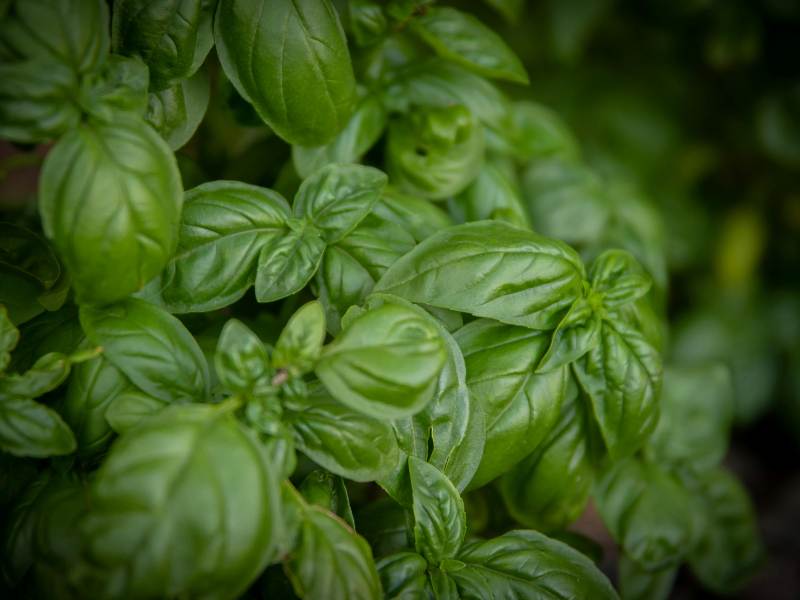
Basil has been cultivated for over 5,000 years, originating in India where it was considered a sacred herb. It spread to other parts of Asia and the Mediterranean, where it became a staple in both culinary and medicinal practices.
Benefits: Basil is renowned for its anti-inflammatory and antibacterial properties. It is often used to aid digestion, reduce stress, and boost the immune system. Basil leaves can also help relieve symptoms of colds and respiratory issues.
Growing Tips: Basil thrives in warm, sunny locations with well-draining soil. It can be grown indoors on a windowsill or outdoors in a garden. Regular pruning encourages bushy growth and prevents the plant from flowering too early.
2. Sage (Salvia officinalis)
Sage has a rich history dating back to ancient Egypt and Rome, where it was used for its healing properties and as a preservative. In medieval Europe, it was considered a cure-all and was highly valued in medicinal gardens.
Benefits: Sage is an excellent herb for improving memory and cognitive function. It also has antimicrobial and anti-inflammatory properties, making it useful for sore throats, digestive issues, and skin conditions.
Growing Tips: Sage prefers full sun and well-drained soil. It’s a hardy plant that can tolerate drought, making it suitable for both indoor pots and outdoor gardens. Ensure good air circulation around the plant to prevent mildew.
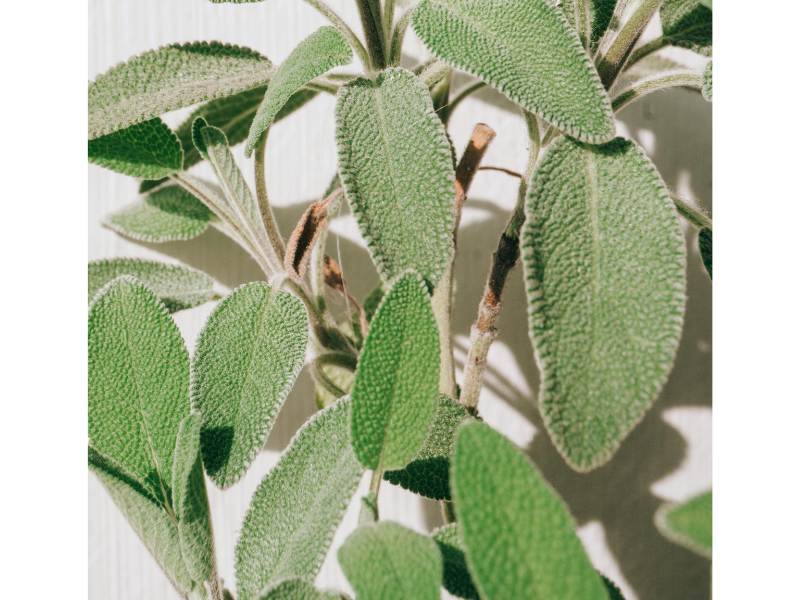
3. Mint (Mentha spp.)

Mint has been used for thousands of years, with references to its medicinal uses found in ancient Egyptian texts, Greek mythology, and Roman literature. It was prized for its aromatic qualities and healing properties.
Benefits: Mint is widely used to soothe digestive issues, relieve headaches, and alleviate respiratory problems. Its refreshing aroma can also help reduce stress and improve mental clarity.
Growing Tips: Mint grows best in partial shade and moist, well-draining soil. It spreads rapidly, so it’s advisable to grow it in a container to prevent it from overtaking other plants. Regular harvesting encourages new growth.
4. Lavender (Lavandula angustifolia)
Lavender has been used for over 2,500 years, with its origins traced back to the Mediterranean, Middle East, and India. Ancient Egyptians used it in the mummification process, while Romans utilized it for bathing and cooking.
Benefits: Lavender is known for its calming and relaxing effects. It is commonly used to reduce anxiety, improve sleep quality, and soothe skin irritations and minor burns.
Growing Tips: Lavender thrives in full sun and well-drained soil. It prefers slightly alkaline soil and needs good air circulation to prevent fungal diseases. Prune the plants regularly to maintain their shape and promote flowering.
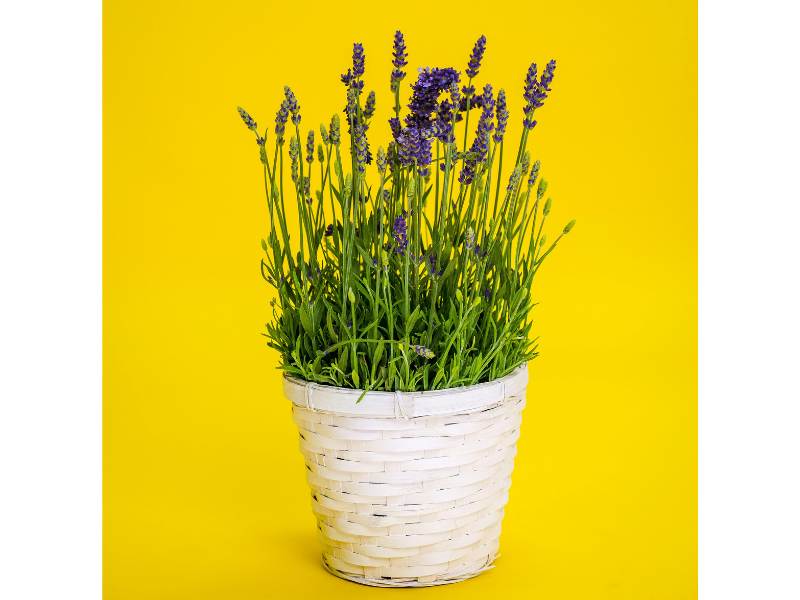
5. Chamomile (Matricaria chamomilla)
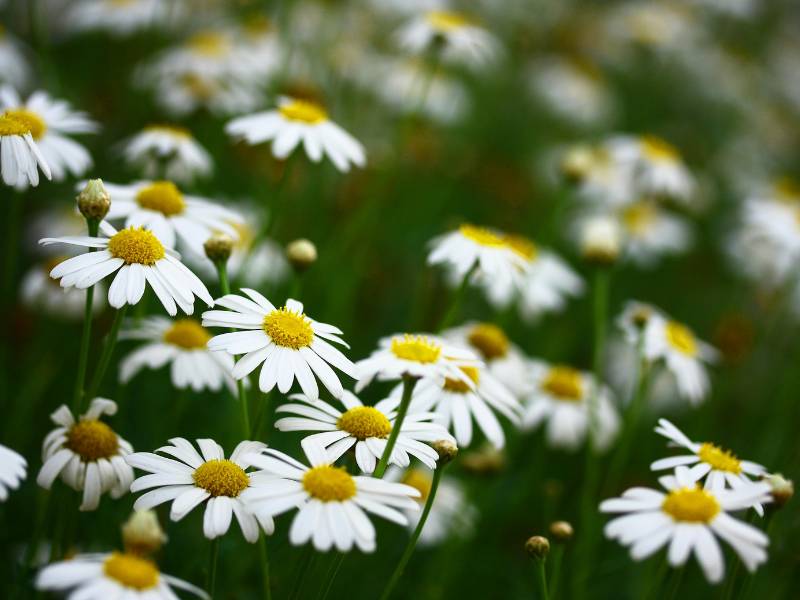
Chamomile has a long history of use, dating back to ancient Egypt where it was revered as a sacred herb. It was also used by the Romans and Greeks for its medicinal properties, especially as a remedy for fever and digestive ailments.
Benefits: Chamomile is famous for its soothing properties, making it an excellent remedy for insomnia, digestive issues, and anxiety. It is also used topically to treat skin irritations and inflammations.
Growing Tips: Chamomile grows well in full sun to partial shade and well-drained soil. It can be grown in containers or garden beds. Regularly harvesting the flowers encourages continuous blooming.
6. Rosemary (Rosmarinus officinalis)
Rosemary has been used since ancient times, with records of its use dating back to ancient Egypt, Greece, and Rome. It was often used in religious ceremonies and was believed to improve memory and stimulate the mind.
Benefits: Rosemary is a powerful antioxidant and anti-inflammatory herb. It enhances memory, improves digestion, and boosts the immune system. Its essential oils are also used for relieving muscle pain and improving circulation.
Growing Tips: Rosemary prefers full sun and well-drained soil. It is drought-tolerant once established and can be grown in pots or directly in the garden. Regular pruning helps maintain its shape and encourages new growth.
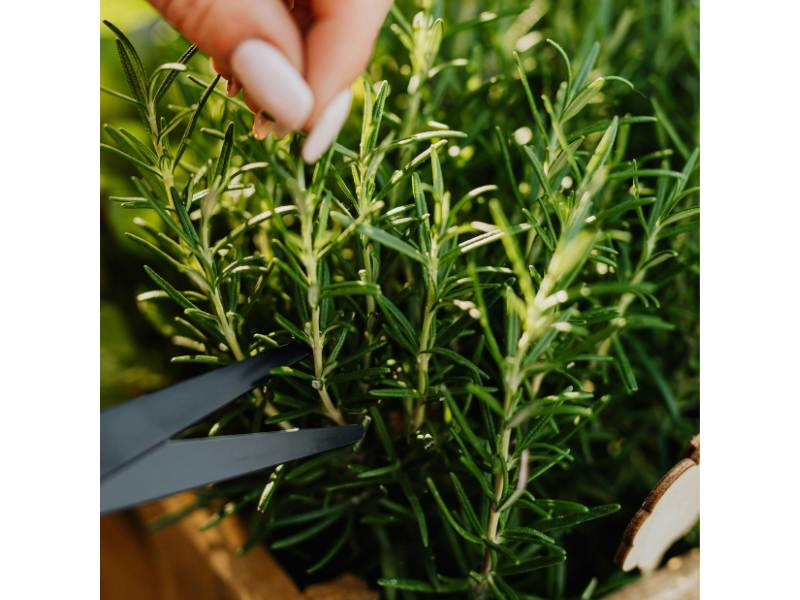
7. Thyme (Thymus vulgaris)
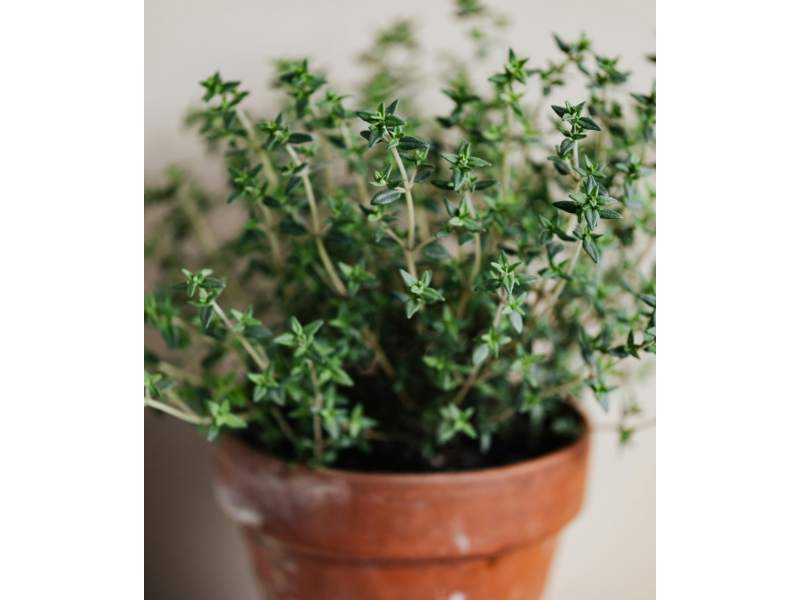
Thyme has been used for thousands of years, dating back to ancient Egypt where it was used in embalming practices. Greeks and Romans used thyme for its aromatic qualities and medicinal properties, including as a remedy for respiratory issues.
Benefits: Thyme has strong antiseptic and antibacterial properties, making it effective for treating respiratory infections, sore throats, and skin conditions. It also aids digestion and boosts the immune system.
Growing Tips: Thyme grows best in full sun and well-drained soil. It’s a low-maintenance plant that can be grown in containers or garden beds. Trim the plant regularly to prevent it from becoming woody.
8. Aloe Vera (Aloe barbadensis miller)
Aloe vera has been used medicinally for over 6,000 years, with origins in ancient Egypt where it was known as the “plant of immortality.” It was also used by ancient Greeks, Romans, and in traditional Chinese and Indian medicine.
Benefits: Aloe vera is well-known for its soothing and healing properties. It is commonly used to treat burns, cuts, and skin irritations. The gel from its leaves can also be used for digestive health and as a natural moisturizer.
Growing Tips: Aloe vera prefers bright, indirect sunlight and well-drained, sandy soil. It is a succulent, so it needs infrequent but deep watering. Allow the soil to dry out completely between waterings to prevent root rot.
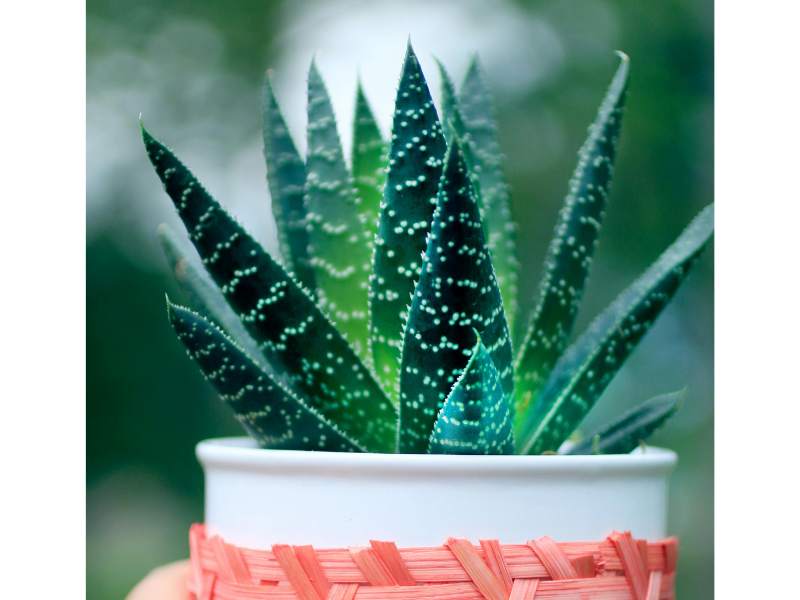
9. Echinacea (Echinacea purpurea)
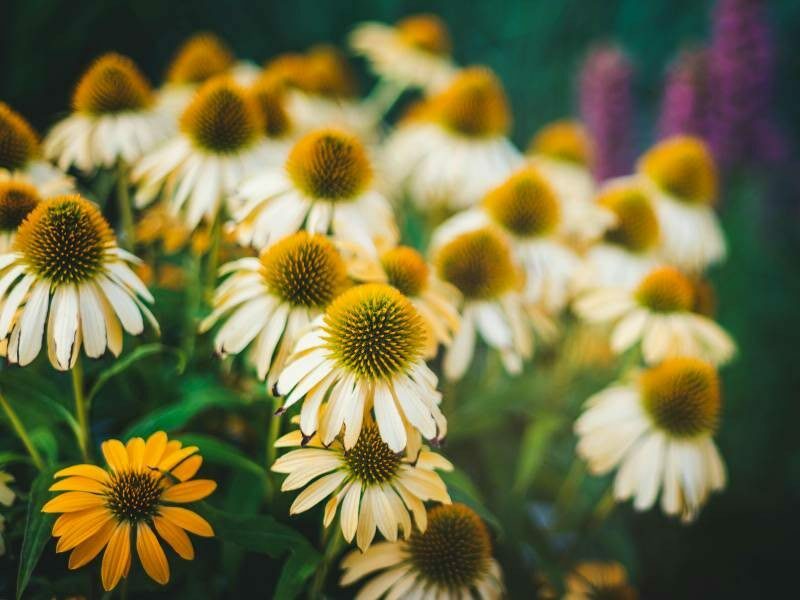
Echinacea, also known as coneflower, was traditionally used by Native American tribes for its medicinal properties. It became popular in the 18th and 19th centuries in Europe and North America as a treatment for infections and wounds.
Benefits: Echinacea is famous for boosting the immune system and reducing the duration of colds and flu. It also has anti-inflammatory and antioxidant properties, making it beneficial for overall health.
Growing Tips: Echinacea thrives in full sun and well-drained soil. It can be grown in garden beds or large containers. Deadheading the flowers encourages more blooms, and dividing the plants every few years helps maintain their vigor.
10. Medicinal Cannabis (Cannabis sativa)
Cannabis has been used for medicinal purposes for thousands of years, with evidence of its use dating back to ancient China and India. It was introduced to Western medicine in the 19th century and has seen renewed interest in recent decades for its therapeutic properties.
Benefits: Where legal, medicinal cannabis is used for its analgesic, anti-inflammatory, and anti-anxiety properties. It can help manage chronic pain, reduce symptoms of PTSD, and improve sleep quality. Both CBD (cannabidiol) and THC (tetrahydrocannabinol) are active compounds found in cannabis, each offering unique benefits.
Growing Tips: Cannabis requires a lot of light, so it’s best grown in a sunny spot or under grow lights if indoors. It needs well-drained soil and regular watering, but be careful not to overwater. Ensure good air circulation to prevent mold and mildew. Familiarize yourself with local laws and regulations before cultivating cannabis.

Growing these medicinal herbs at home not only provides you with fresh, natural remedies but also brings a sense of satisfaction and connection to nature. Cultivating your own herbs allows you to control the quality and purity of the plants, ensuring they are free from harmful pesticides and chemicals. This self-sufficiency can lead to a greater appreciation for the healing power of plants and the rhythms of nature.
Whether you have a large garden or a small indoor space, these herbs are relatively easy to grow and can significantly enhance your health and wellness routine. In a garden, you can design a dedicated herb bed or intersperse these medicinal plants among your flowers and vegetables. For those with limited space, many of these herbs thrive in containers, making them perfect for balconies, patios, or even sunny windowsills.
The act of tending to your herb garden can also be therapeutic. Gardening has been shown to reduce stress, improve mood, and provide a form of light exercise. As you plant, water, and harvest your herbs, you engage in a mindful activity that connects you to the earth and the seasons.
Moreover, having a readily available supply of medicinal herbs means you can quickly and conveniently address common ailments. Whether it’s making a soothing tea from freshly picked chamomile flowers, applying aloe vera gel to a minor burn, or adding fresh basil to your meals for an immune boost, these herbs offer practical and immediate benefits.
By integrating these medicinal plants into your daily life, you not only enhance your physical health but also embrace a holistic approach to well-being that nourishes both body and spirit.
